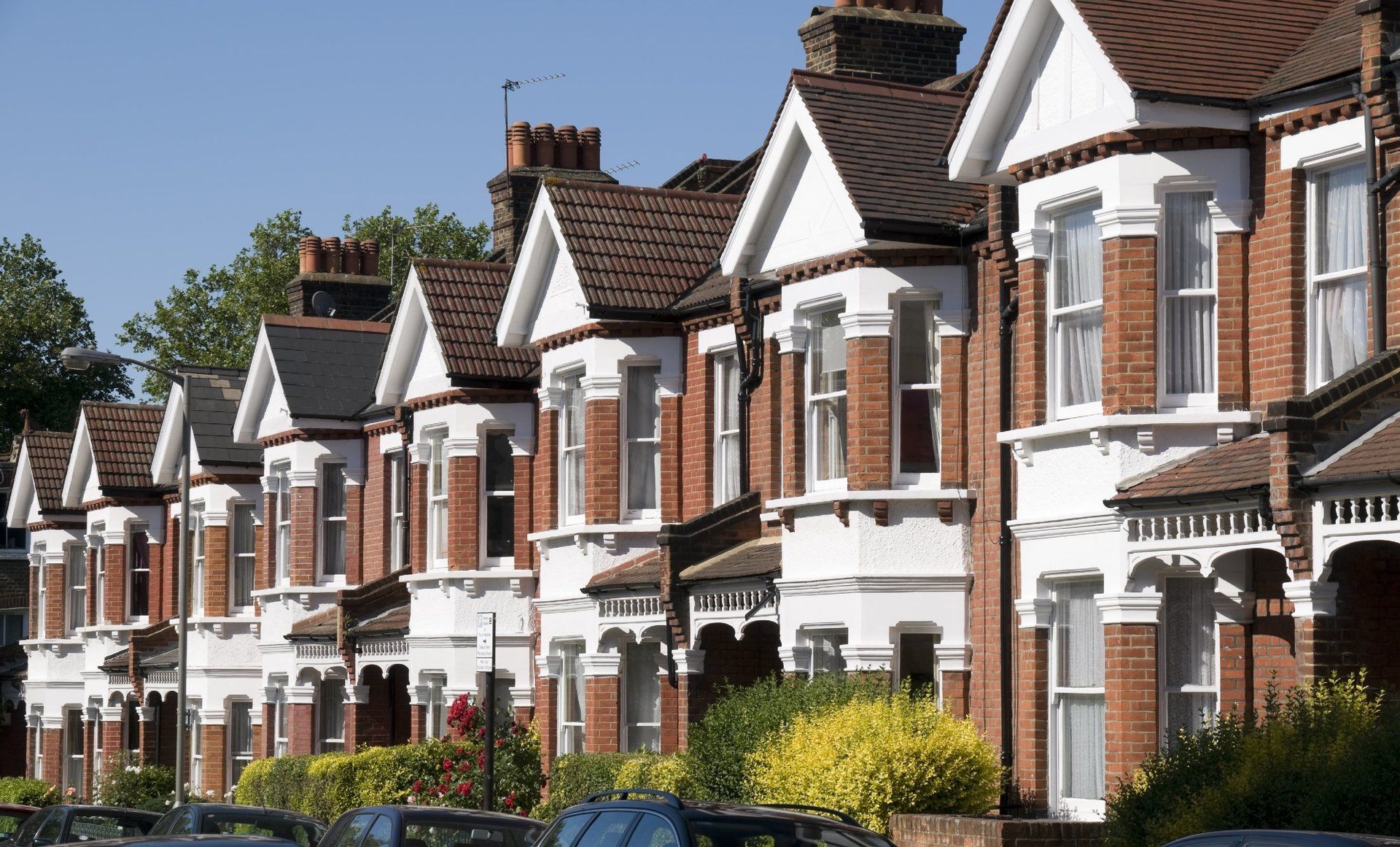Duty free affordability
Cutting stamp duty could make buying a home less affordable


Source : Nationwide Building Society
In the year to June 2021, house prices in the UK grew 13.4% on average. Annual growth fell back slightly once the stamp duty holiday period ended before reaching another peak in March 2022 when average annual prices rose by over 14%.
The stamp duty holiday was not the only reason behind rapid house price increases - pent up demand, the post pandemic desire to move out of cities, low interest rates and supply constraints all had an impact - but stamp duty relief and rising house prices are highly correlated.
The impact on affordability, particularly on first time buyers, was considerable. The graphic below plots how much of first time buyer take home pay is swallowed up by mortgage payments. The period of the stamp duty holiday is highlighted. For each region affordability worsened during the stamp duty holiday.
First time buyer mortgage payments as a percentage of take home pay by Nationwide BS region, Q4 2019 to Q2 2022, UK

Source : Nationwide Building Society
In London, the amount FTBs had to spend on their mortgage increased to over 50% of take home pay. In Wales, it increased to just under a quarter (24.7%) and in Northern Ireland it increased to 24.1% up 3 percentage points. The increase in Scotland was less dramatic - the holiday ran for a shorter period of time - but the overall trend is still upwards since the end of the holiday period.
For most regions, the end of the stamp duty holiday offered very little relief with the percentage of take home income spent on a mortgage either remaining broadly the same or rising as interest rate increases started to bite.
So what is actually achieved by cutting stamp duty? Advocates say that it saves buyers some cash which in turn helps make a move more financially achievable - more money for a deposit for example. This helps first time buyers get on the ladder and enhances people's ability to trade up or to downsize. This frees up supply and more supply helps with affordability. On the other hand, the data suggests that it contributes to house price inflation which makes repayments less affordable.
The government will be hoping that it's the former rather than the latter that prevails.









